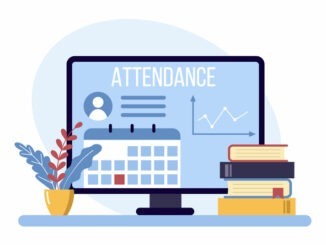
Returning from a school break isn’t always easy for every student, but with thoughtful planning and a well-structured environment, school business leaders can help make the transition smoother and more supportive
CREDIT: This is an edited version of an article that originally appeared on ASCL
While many staff and students return from school holidays feeling refreshed, the transition back to routine can be challenging for some pupils – particularly those with anxiety or special educational needs (SEN). As school business leaders, ensuring that operations run smoothly during this period plays a crucial role in fostering a supportive environment for all students.
Longer breaks, such as Christmas, Easter, and summer, often present the biggest challenges. Some students may struggle with sensory overload from holiday festivities, while others experience anxiety due to changes in routine and the temporary loss of daily support from teachers and friends. Managing these transitions effectively requires thoughtful planning and operational strategies that support both students and staff.
Creating a Welcoming and Organised Environment
Operational teams play a crucial role in creating a smooth and welcoming transition for students returning after a break. A well-structured and calm environment helps ease the shift back into learning. Refreshing key signage ensures students can navigate any classroom or timetable changes with ease, reducing uncertainty. Collaborating with SEN coordinators to set up quiet spaces provides a safe retreat for those who may feel overwhelmed. Additionally, equipping staff – including office teams and support workers – with the knowledge and resources to handle student queries and emotional needs with patience and understanding fosters a supportive atmosphere.
Balancing Structure with Flexibility
Balancing structure with flexibility is key to supporting students as they readjust to school life. While routine helps re-establish stability, some students may need phased returns or temporary adjustments, particularly those with additional needs, ensuring they have access to the right support services. Managing lunch and break times effectively – through additional supervision or designated quiet zones – can help reduce stress and prevent overstimulation. Closely monitoring attendance in the first few weeks allows school leaders to identify students who may be struggling and provide early intervention where needed.
Encouraging Positive Engagement
Encouraging positive engagement is essential for students who may feel disconnected after a long break. Coordinating with teaching teams to introduce inclusive, low-pressure activities can help students reconnect with their peers in a comfortable way. Promoting extracurricular programs and lunchtime clubs effectively ensures that students have additional opportunities for social and emotional support. Providing staff with guidance on how to sensitively approach discussions about holiday experiences is also important, as not all students may have had a positive break, and a thoughtful approach can make them feel more at ease.
By prioritising clear communication, well-managed environments, and student-focused operational planning, you can help create a welcoming return that fosters both well-being and productivity for students and staff alike.



Be the first to comment